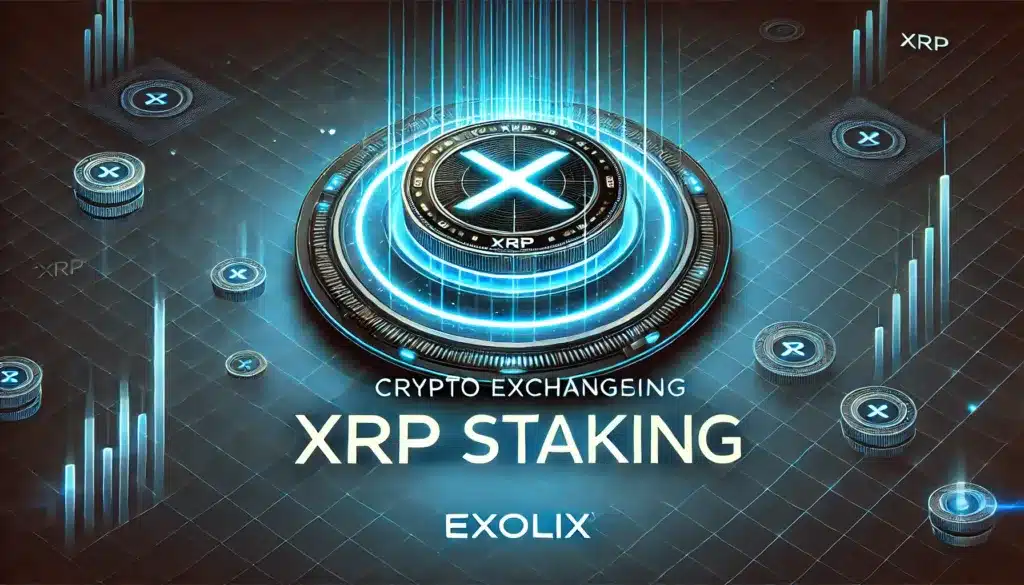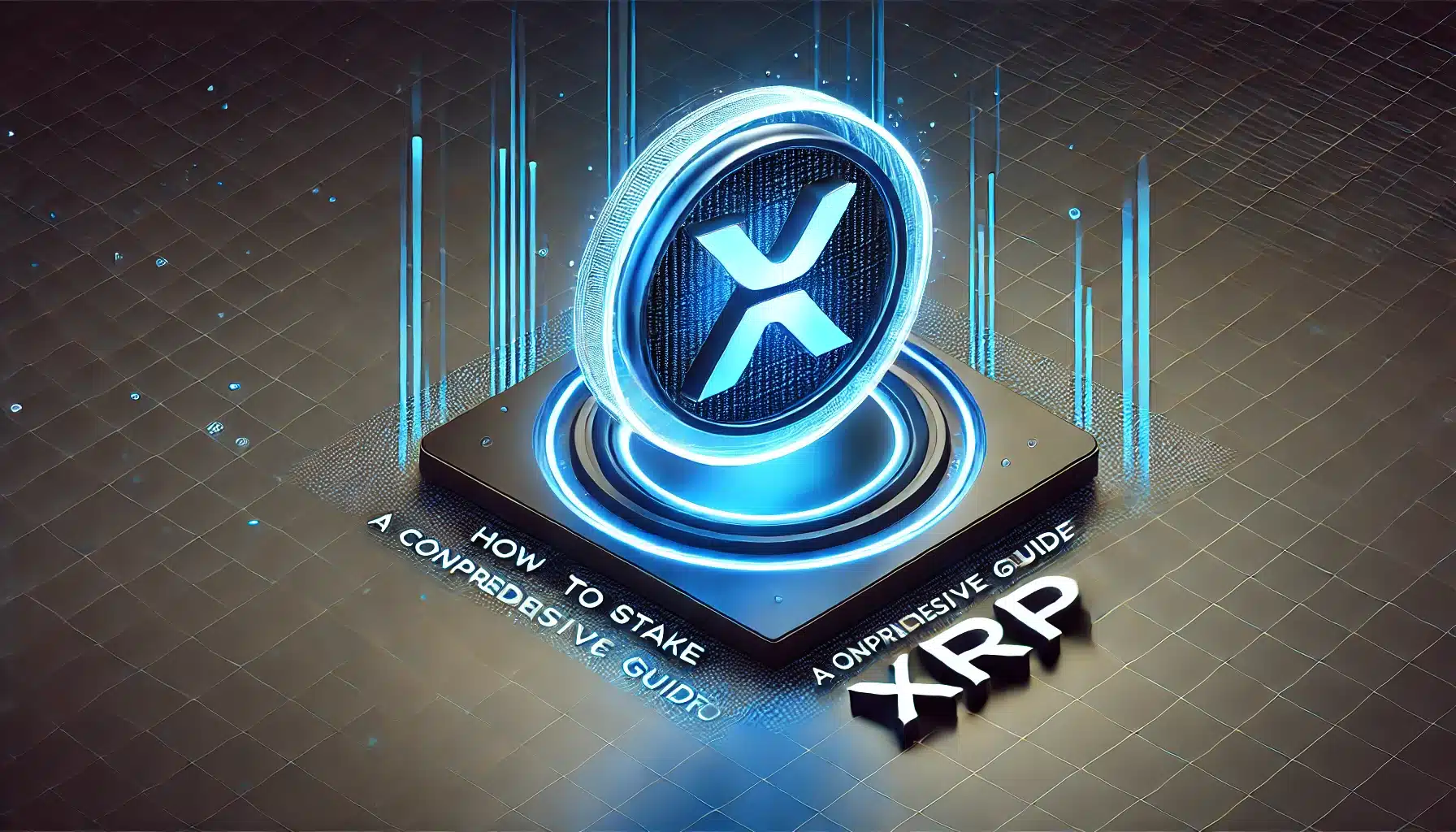Introduction
XRP has long been a cornerstone of the digital asset space, widely recognized for its speed and efficiency in cross-border transactions. As the cryptocurrency ecosystem evolves, investors are increasingly exploring ways to generate passive income through staking. However, given XRP’s unique consensus mechanism, many wonder: is staking XRP even possible? This article provides a detailed guide on XRP staking, its feasibility, and the best platforms to maximize returns securely.
Is XRP Staking Possible?
Unlike traditional Proof-of-Stake (PoS) cryptocurrencies such as Ethereum (ETH) or Cardano (ADA), XRP operates on the XRP Ledger (XRPL), which uses a consensus protocol instead of staking for transaction validation. Consequently, XRP does not offer native staking. However, investors can still earn staking-like rewards through decentralized finance (DeFi) platforms, lending protocols, and liquidity pools.
While XRP itself does not support staking on its native blockchain, third-party platforms facilitate similar yield-generating opportunities. By leveraging these services, users can earn passive income on their XRP holdings.
Where to Stake XRP
To stake XRP and earn rewards, investors must rely on third-party platforms that provide staking-like services. These platforms generally fall into three main categories:
1. Crypto Exchanges Offering XRP Staking

Several centralized exchanges (CEXs) provide staking rewards through lending pools, flexible savings accounts, or dedicated staking programs. Notable platforms include:
- Binance Earn: Offers both flexible and locked staking products.
- Kraken: Provides interest-based staking programs with varying APYs.
- Nexo & Crypto.com: Enable XRP staking with competitive reward structures.
2. DeFi Protocols and Yield Farming
Decentralized finance (DeFi) platforms allow users to participate in liquidity pools or lending protocols to earn rewards. Some prominent options include:
- Flare Finance: Built on the Flare Network, this platform facilitates yield farming for XRP holders.
- Liquidity Pools on DEXs: Platforms such as PancakeSwap and Uniswap allow users to pair XRP with other tokens and earn transaction fees as liquidity providers.
3. XRP Passive Income Lending Platforms
Another approach to earning staking rewards is through interest-bearing lending services. These include:
- Nexo: Pays daily interest on XRP deposits.
- Celsius: Provides weekly XRP rewards through its lending program.
- BlockFi (prior to restructuring): Offered competitive interest rates on XRP deposits.
How to Stake XRP
The process of staking XRP varies by platform but generally involves the following steps:
- Select a Staking Platform: Choose a reliable crypto exchange, DeFi protocol, or lending service that supports XRP staking.
- Deposit XRP: Transfer your XRP holdings from your wallet to the selected platform.
- Choose a Staking Plan: Opt for either flexible or locked staking based on your preferred risk-reward ratio.
- Earn Rewards: Your staked XRP starts generating passive income, with payouts based on the platform’s terms.
- Withdraw or Reinvest: You can either withdraw your rewards or reinvest them to compound your earnings.
XRP Staking Rewards: How Much Can You Earn?
The returns on XRP staking vary depending on the platform and strategy used. Generally, APYs range from 2% to 10%:
- Centralized Exchanges (e.g., Binance): 1.5% – 5% APY
- DeFi Platforms (e.g., Flare Finance, Liquidity Pools): 5% – 10% APY
- Lending Products (e.g., Nexo, Celsius): 2% – 6% APY
It is essential to review the staking terms, as some platforms enforce lock-in periods or withdrawal restrictions.
Is XRP Staking Safe?
While staking XRP on reputable platforms is generally secure, certain risks must be considered:
- Security Measures: Trusted platforms implement multi-layer security and insurance mechanisms to protect user funds.
- Counterparty Risk: Users may lose funds if a platform faces insolvency or operational issues.
- Smart Contract Vulnerabilities: DeFi platforms can be susceptible to exploits and hacks, leading to potential losses.
Risk Mitigation Strategies:
- Choose well-established platforms with robust security features.
- Avoid platforms offering unrealistically high APYs, as they may be fraudulent.
- Diversify staking across multiple platforms to reduce exposure.
Should You Stake XRP?
While XRP does not support traditional staking, investors can still earn passive income through third-party platforms offering staking-like features. Whether through centralized exchanges, DeFi yield farming, or lending platforms, XRP holders have multiple avenues to generate returns.
For long-term investors seeking passive income, staking XRP can be a viable strategy—provided that secure and reputable platforms are used.
Conclusion
XRP staking, though not native to the XRPL, is an accessible and lucrative option for investors willing to explore third-party solutions. By leveraging exchanges, DeFi platforms, and lending services, XRP holders can maximize their earnings while mitigating risks. As the cryptocurrency landscape continues to evolve, ensuring a strategic and well-informed approach to staking will be key to optimizing returns.












